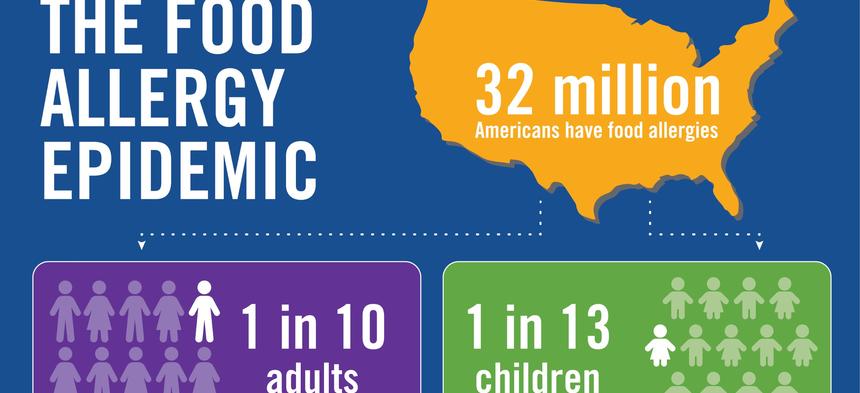Join over 13,000 individuals and families managing food allergies who are sharing their food allergy food that starts with e and making a critical difference, helping to speed the search for new treatments and informing life-changing improvements in patient care. Whether you’re newly diagnosed or you’ve been managing food allergies for years, FARE is here to support you.

Find resources for children, teens and adults and get connected to others in your community. FARE, the world’s largest private funder of food allergy research, is driving innovation toward a new, more promising day. Toward that day, FARE is advancing breakthroughs in food allergy prevention, diagnosis, treatment and care. Whether you choose to advocate, volunteer, walk or donate, your support makes the world safer for people with food allergies.
Facts and Statistics Key information to help better understand food allergies and anaphylaxis. FARE works on behalf of the millions of Americans who have food allergy, including those at risk for life-threatening anaphylaxis. This page includes important facts and statistics that can help you better understand food allergies and anaphylaxis. An expanded facts and statistics document, including citations, can be downloaded here. 200,000 people require emergency medical care for allergic reactions to food. A food allergy is a medical condition in which exposure to a food triggers a harmful immune response.
The immune response, called an allergic reaction, occurs because the immune system attacks proteins in the food that are normally harmless. Anaphylaxis is a serious allergic reaction that is sudden in onset and can cause death. To Which Foods Are People Allergic? More than 170 foods have been reported to cause allergic reactions. Allergy to sesame allergy is an emerging concern. How Many People Have Food Allergies? Researchers estimate that 32 million Americans have food allergies, including 5.
6 million children under age 18. That’s one in 13 children, or roughly two in every classroom. About 40 percent of children with food allergies are allergic to more than one food. Prevention reports that the prevalence of food allergy in children increased by 50 percent between 1997 and 2011.
Between 1997 and 2008, the prevalence of peanut or tree nut allergy appears to have more than tripled in U. Food Allergy Reactions Are Serious and Can Be Life-Threatening. Every three minutes, a food allergy reaction sends someone to the emergency room. Childhood hospitalizations for food allergy tripled between the late 1990s and the mid-2000s. More than 40 percent of children with food allergies and more than half of adults with food allergy have experienced a severe allergic reaction such as anaphylaxis.
Medical procedures to treat anaphylaxis resulting from food allergy increased by 380 percent between 2007 and 2016. More than one dose may be needed. Easy-to-use, spring-loaded syringes of epinephrine, called epinephrine auto-injectors, are available by prescription. Not treating anaphylaxis promptly with epinephrine increases the risk of a fatal reaction.
